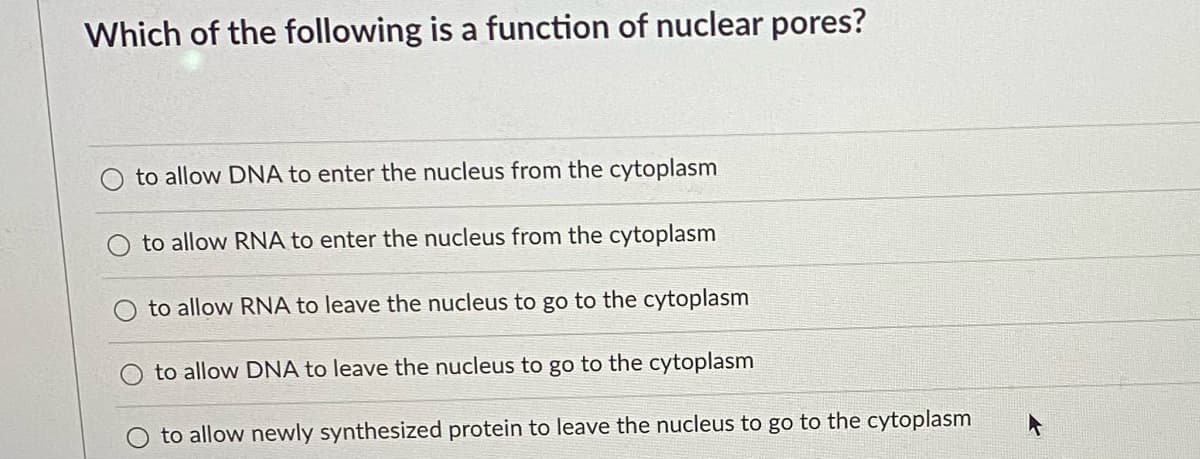Which of the following is a function of nuclear pores? to allow DNA to enter the nucleus from the cytoplasm to allow RNA to enter the nucleus from the cytoplasm to allow RNA to leave the nucleus to go to the cytoplasm to allow DNA to leave the nucleus to go to the cytoplasm allow new Synthesized protein to leave the nucleus to go to the cytoplasm
Structure and Composition of Cell Membrane
Despite differences in structure and function, all living cells in multicellular organisms are surrounded by a cell membrane. Just like the outer layer of the skin separates the body from its environment similarly, the cell membrane, also known as 'plasma membrane,' separates the inner content from its exterior environment.
Cell Membrane
The cell membrane is known by different names like plasma membrane or cytoplasmic membrane, or biological membrane. The term "cell membrane" was first introduced by C. Nageli and C. Cramer in the year 1855. Later on, in 1931, the term "plasmalemma" for cell membrane was given by J. Plowe. The cell membrane separates the cell's internal environment from the extracellular space. This separation allows the protection of cells from their environment.
Prokaryotes vs Eukaryotes
The cell is defined as the basic structural and functional unit of life. The cell membrane bounds it. It is capable of independent existence.

![Image analysis.
The outer boundary of the cell is the plasma membrane.In the image below,
molecules that cannot cross the membrane are glucose and ions.Why can't they
cross the membrane? [MA]
(c)
(d)
(a)
Small uncharged
molecules
(b)
Lipid-soluble Water-soluble
substances
lons
substances
Glucose
Hydrocarbon
Nat
K+
H20
CO2
H+
cF Cat+
NH3
O They are hydrophobic
O They are hydrophilic
O large
O Na, K, Ca and H ions will bind with phosphate
Chloride ions will be repelled by phosphate
they are small in size
to](/v2/_next/image?url=https%3A%2F%2Fcontent.bartleby.com%2Fqna-images%2Fquestion%2F86b14285-d986-492a-886d-db2235fe87ed%2F48510a72-cd8c-4acd-baa8-feb628636c41%2Fqvchm8_processed.jpeg&w=3840&q=75)
Trending now
This is a popular solution!
Step by step
Solved in 4 steps


